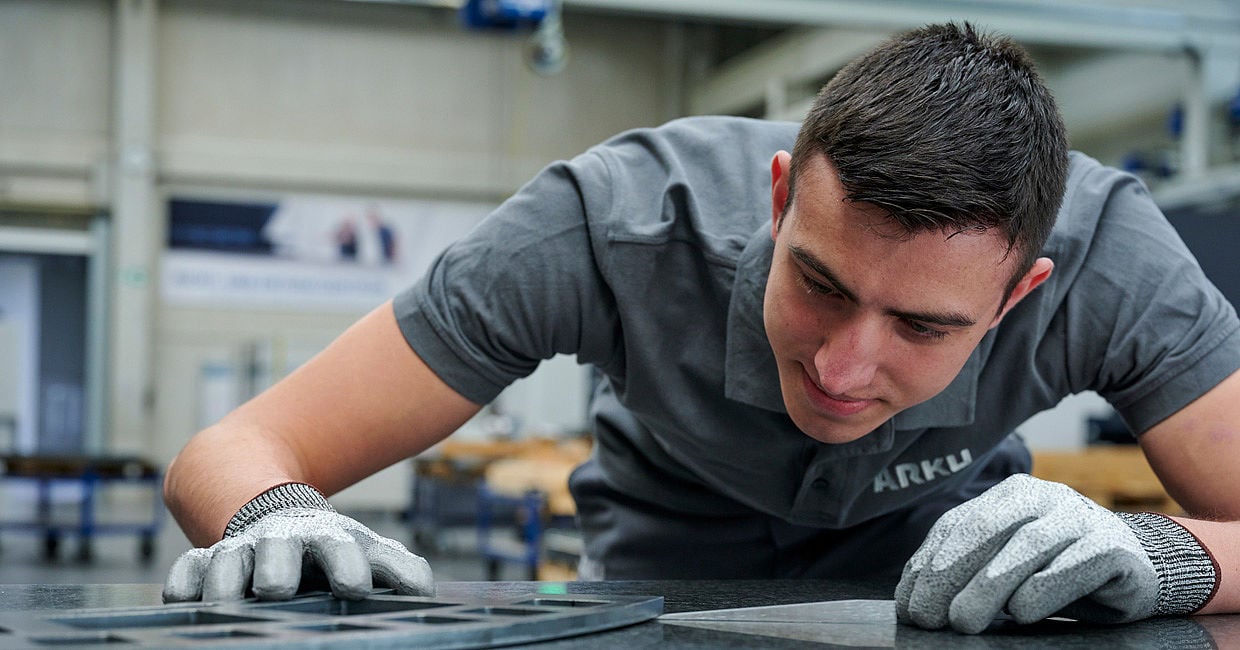1. Purchased metal sheets are out-of-flat
These days, steel is in such short supply like we have never encountered before. Then what do you do if warping exceeds the tolerances allowed for efficient processing? Sending the material back is not an option, because then you would be stuck without having anything to process. But it is possible to level the metal sheets. A precision leveler makes warped material dead-flat again. Thus, tolerances are again in the ideal range for optimal processing conditions.
2. Customer complains about warped parts
Sheet metal parts show distortion after punching. Distortion even occurs in thermal cutting, whether laser or flame/plasma cutting. The reason: Processing causes the build up of stresses within the material. Deformation during punching or heat input during cutting intensify the warping. Although distortion is a technical issue, it does not imply that a customer will accept warped sheet metal parts. Corrective action is possible: A parts leveler can straighten the warped materials in just a few seconds.
3. Angularity errors become more frequent during bending
After bending, the angle is not right. That could be due to the initial state of the material. Often sheet metal has internal stresses that are not able to be seen with the naked eye and are difficult to measure. If there is a bounce back after bending, it could be due to these internal residual stresses. Again, leveling is the solution. During leveling not only the warped sheet metal parts are flattened, but also the residual stress in the parts themselves are relieved. This then helps to achieve reproducible results during all the processes that subsequently follow.
4. Setting up at the welding stations takes too long
Are workpieces piling up in front of the welding stations because set up is taking longer than planned? Also here, the work disruption might be attributable to the residual stresses with the sheet metal parts. Too much unnecessary time is spent, if the sheet metal parts cannot be fitted into the welding fixtures as desired. It is much faster if those parts that are already leveled are used during welding.

5. Welded assemblies must be reworked
Before welding, everything was good, but then… Reworking the parts is necessary, if the ideal tolerances are not met. Residual stresses in the welded assemblies might again be an issue: Not visible, but there. Distortion may increase during welding due to heat input, so that tolerances are exceeded. It is far better to eliminate residual stresses before welding – via the process of leveling.
6. Tolerance discrepancies add up
During processing each individual tolerance needs to be within a certain limit to ensure optimal final product quality. When many small tolerance issues persist, this will showcase during the actual welding process. Then in total, deviations exceed what is necessary to achieve a reputable final product. Therefore, it is much better to manufacture as precisely as possible from the very start. This can be achieved if the metal sheet is leveled.

7. Quality issues with the final product
The final product may look fine, but residual stresses may still be present in the assembled sheet metal parts. Depending on the applied stress on the component, stresses can be released later on - and thus, damage to the final product cannot be ruled out. If your customer has complaints about the quality, the issue can likely be solved through leveling.
8. Dimensional stability of the parts is poor
If a laser cutting machine is dialed in correctly; the punching tool will most likely not be damaged. But the materials don’t keep their shape as they should. Again, residual stresses in the sheet metal parts might be a possible cause. Thus, it is better to level the parts to avoid customer complaints.



